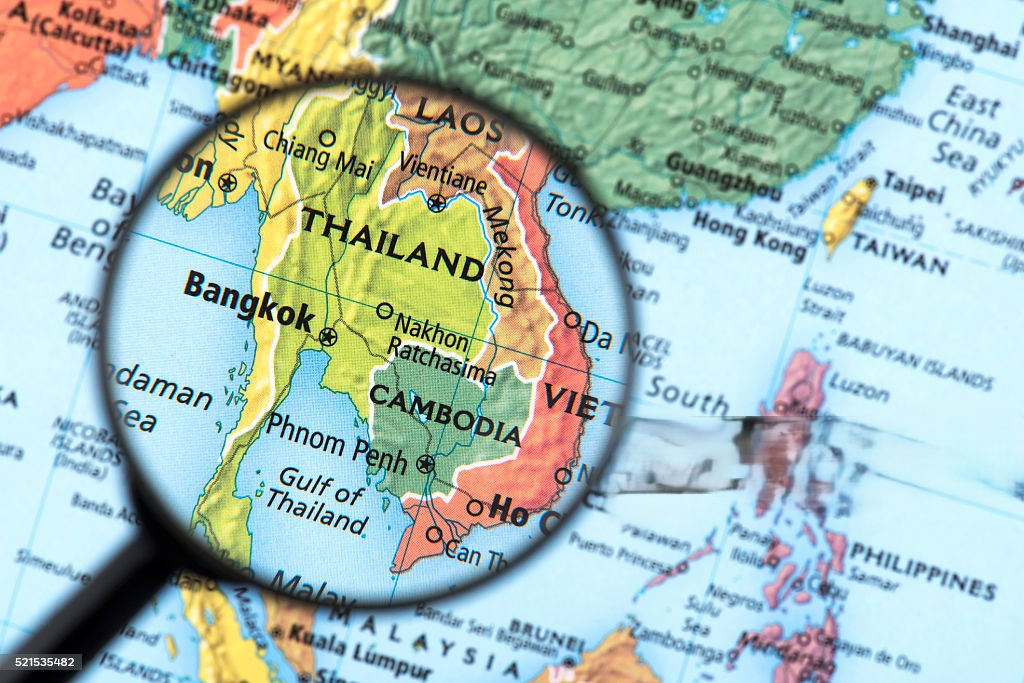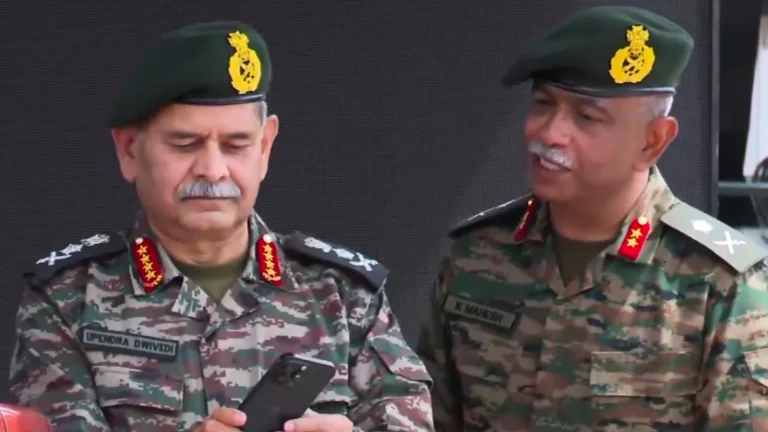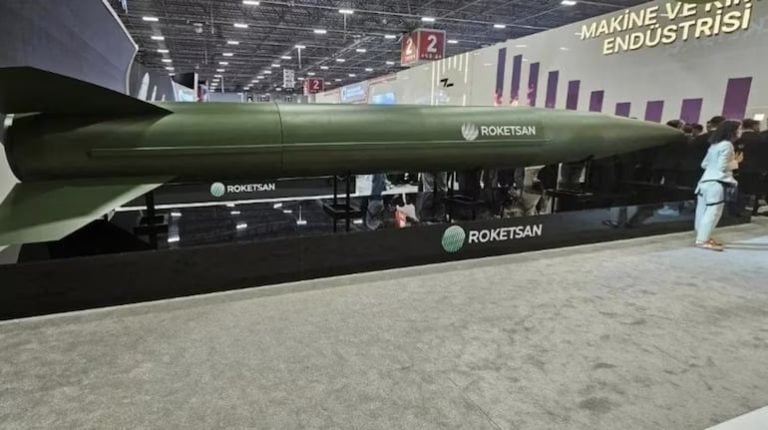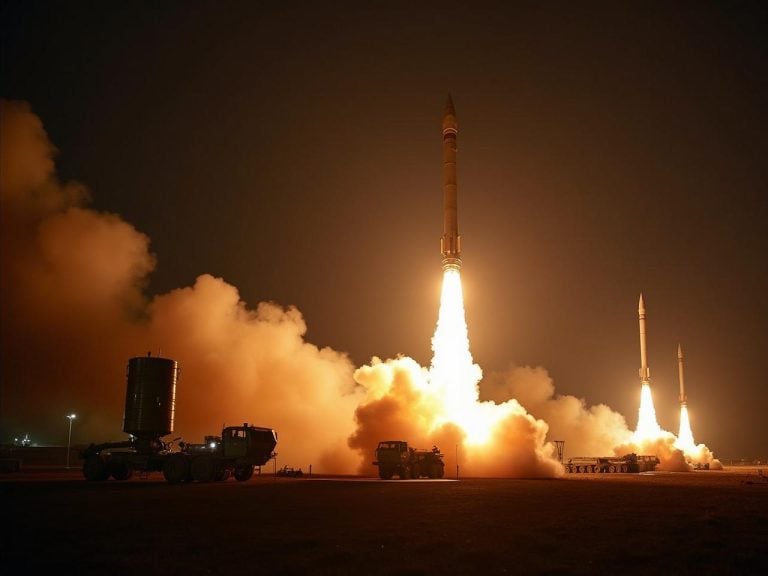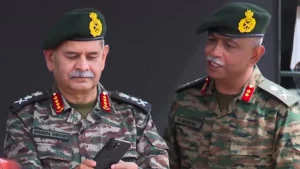The ongoing conflict at the Thailand-Cambodia border has escalated dramatically, reigniting tensions that have historical roots and contemporary implications for both nations. On July 24, 2025, violence erupted once more along the 817-kilometer, largely undemarcated border, with intense exchanges of artillery shells, rocket attacks, drone strikes, and F-16 airstrikes devastating areas on both sides. This resurgence of conflict has already claimed over a dozen civilian lives and prompted mass evacuations, marking the most significant bilateral conflict in the region in years.
On July 23, a landmine blast near Chong An Ma, Ubon Ratchathani, injured five Thai soldiers, an incident that preceded the escalation. In response, Thailand shut down four border checkpoints and recalled its ambassador from Cambodia. The situation intensified on the following morning when accusations of a Thai drone igniting gunfire at Ta Muen Thom led to an exchange of hostilities, resulting in at least 12 fatalities and dozens more wounded. That afternoon, rocket attacks targeted civilian sites in Surin and Si Sa Ket, leading to additional deaths and displacing over 40,000 individuals. In light of these developments, Thailand invoked Article 51 of the United Nations Charter, emphasizing its right to self-defense.
Throughout the day, both Bangkok and Phnom Penh issued urgent calls for calm, with ASEAN urging restraint and Malaysia stepping in to mediate. This diplomatic engagement reflects wider regional concerns as tensions remain high.
The historical animosities underpinning the current conflict stem from a long-standing dispute over the Preah Vihear Temple and the surrounding areas. The territory has been contested since a 1907 French map awarded Cambodia control over the temple, despite prior agreements favoring Thailand. In 1962, the International Court of Justice (ICJ) granted sovereignty of the temple to Cambodia, while adjacent land claims remained unresolved. Further complicating matters, a UNESCO heritage listing for the temple in 2008 exacerbated tensions, leading to military clashes that resulted in numerous casualties and displacements.
Efforts to demarcate the border have stalled, with only two-thirds of colonial-era border pillars officially recognized. A Joint Boundary Commission (JBC) meeting resumed in June 2025, yet disputes over critical regions like Sector 6, including Ta Muen Thom, remain unresolved.
The recent skirmishes have also been fueled by domestic political pressures in both countries. In Thailand, nationalists have accused the interim government of conceding territory, while in Cambodia, Prime Minister Hun Manet’s government has leaned on military strength, pledging retribution for perceived aggression. Additionally, illegal cross-border trade, including smuggling operations, has fostered an environment of violence and instability.
As the conflict deepens, government responses have been assertive. Thailand’s military has indicated a readiness to escalate its operations, asserting that military actions are targeting “threats” to civilians. Conversely, Cambodia has condemned the actions as “brutal aggression,” signaling its own commitment to retaliate.
The humanitarian impact of the conflict has been severe. Reports indicate over 40,000 civilians have been displaced in Thailand, while Cambodian villages have experienced disruptions in essential services like electricity and agriculture. Economic repercussions are also mounting, with checkpoints closing and trade being severely impacted.
The prospect of future clashes looms large, with several scenarios unfolding. A cease-fire and resumption of the JBC remain a moderate possibility, contingent on both sides showing willingness to engage diplomatically. However, the risks of a frozen conflict or even wider escalation persist, underscoring the urgency for mediation.
The Thailand-Cambodia border dispute is a multifaceted issue rooted in history, exacerbated by contemporary nationalistic fervor and stalled diplomatic efforts. To avert the peril of another prolonged conflict, a concerted regional and international response is essential. Immediate action through ASEAN diplomatic channels, enhancement of international legal frameworks, and renewed commitment to boundary demarcation could play pivotal roles in resolving the tensions that threaten the stability of the Southeast Asian region.
